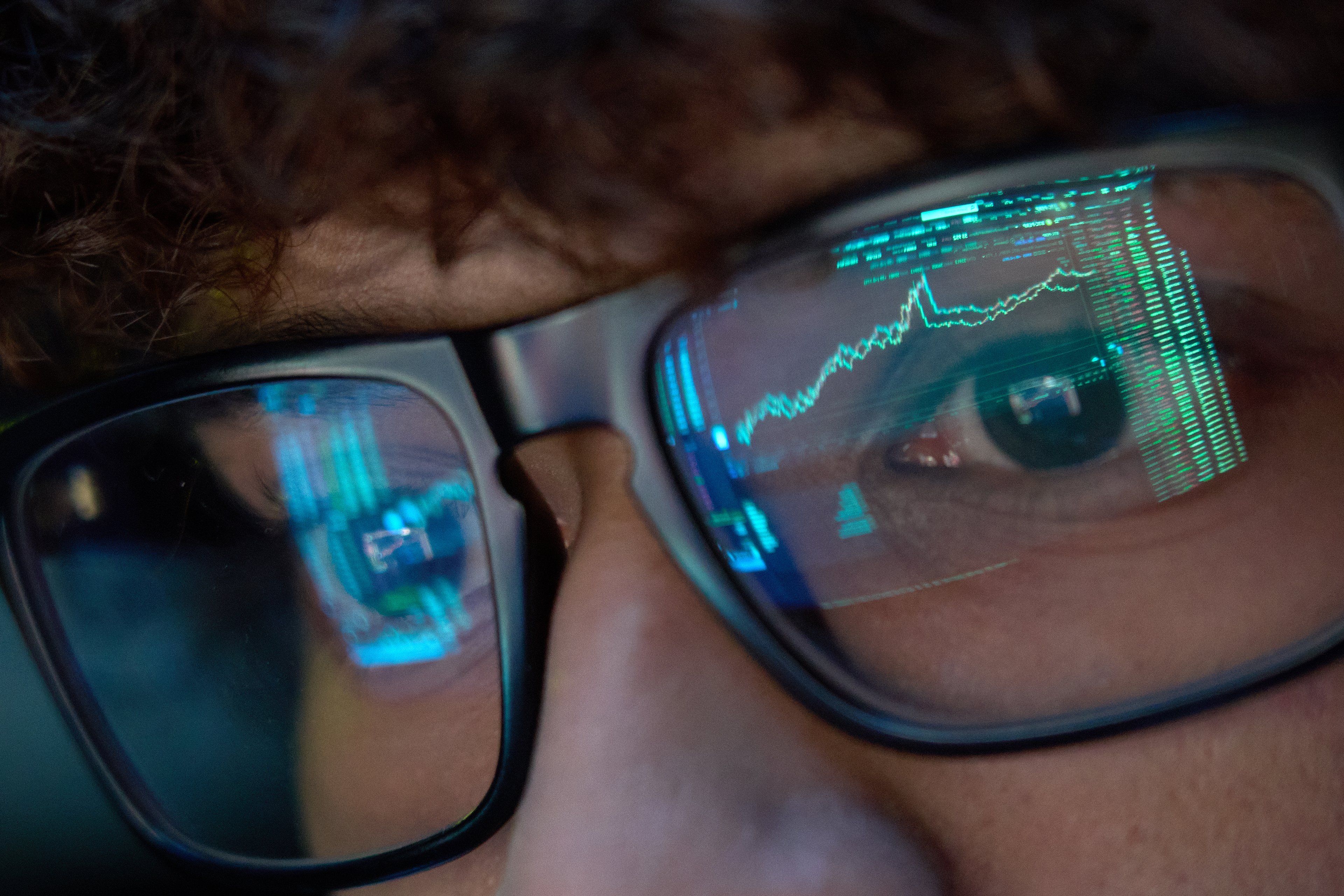I missed Facebook (FB 1.81%) stock's 150% run-up over the past year, remaining on the sidelines as I argued the stock was overvalued (or fairly valued at best). Investors often cite Facebook's lofty price-to-sales ratio compared to Google's (GOOG +2.50%) (GOOGL +2.37%) to illustrate how the market is overpaying for Zuckerberg's platform, an act I'm guilty of, too. But I was missing something big. I was underappreciating Facebook's greatest competitive advantage: its unprecedented network effect. It is clear that Facebook is proving the doubters wrong.

Facebook CEO Mark Zuckerberg (right) in his conference room. Image source: Facebook.
Facebook's moat
When Facebook went public, it was clear the company was destined for some incredible growth. But when it came to defining Facebook's competitive advantage -- and just how durable that advantage could be -- opinions varied immensely, and still do.
For a business to be viewed as a sustainable profitable entity, it must possess some sort of competitive advantage. The world's most successful investor, Warren Buffett, refers to competitive advantages as economic moats. The deeper and wider the moat, he argues, the more difficult it is for competitors to encroach upon a company's economic advantage to continually earn profits.
Among the most common competitive moats cited by investors, one is a network effect. A network effect occurs when a platform becomes more valuable for new and existing members with every member that joins the platform. Facebook's platform undoubtedly benefits from this network effect.
But how can investors justify the value of Facebook's network effect? A social platform of Facebook's scale has never been accomplished before, so that leaves investors with no comparable history.
Unrivaled network effect
Even after almost two years as a publicly traded company, it's hard to know exactly how wide and deep Facebook's network effect-moat is. But based on the scale of Facebook's platform compared to peers, we can at least say that it provides substantial fortification to protect its long-term story.
There's no better way to illustrate the size of Facebook's network effect than by examining its active users. While Facebook's record 1.23 billion monthly active users certainly bode well for the social network, it's the platform's daily active users that speak to Facebook's network effect.
For instance, based on a figure Google shared in late 2013, 540 million, Google Plus monthly active users may be approaching half of Facebook's by now (notably, Google said only half of these reported Google Plus users actually visit their stream). Viewed from this angle, Facebook's advantage over Google Plus as a social platform is meaningful, but small enough to worry investors.
Fortunately for Facebook investors, however, there's a better way to look at platform engagement: daily active users. While Google is reluctant to release figures for daily active users, it's safe to speculate that the figure likely doesn't exceed 250 million. Facebook, on the other hand, boasts an unprecedented 757 million users that use the service on a daily basis. This is the sort of engagement that makes a social platform useful. This figure is what makes Facebook's network effect so powerful

To see for yourself how important a network effect is for a social network like Facebook, just log into Google Plus to see if you can update friends and family (or check on friends and family) as easily as you can with Facebook. Google's social platform is often referred to as a ghost town; compared to Facebook, Google Plus severely handicapped as a social platform. With user experience discrepancies between platforms like this, users will be reluctant to abandon Facebook in exchange for a new, cooler platform.
While Facebook's network effect doesn't automatically make the stock a buy, it's one reason why the company may deserve a lofty valuation. It's also one reason I have underestimated the business over and over again.
Facebook's daily active users in its most recent quarter were up 22% from the year-ago quarter.








